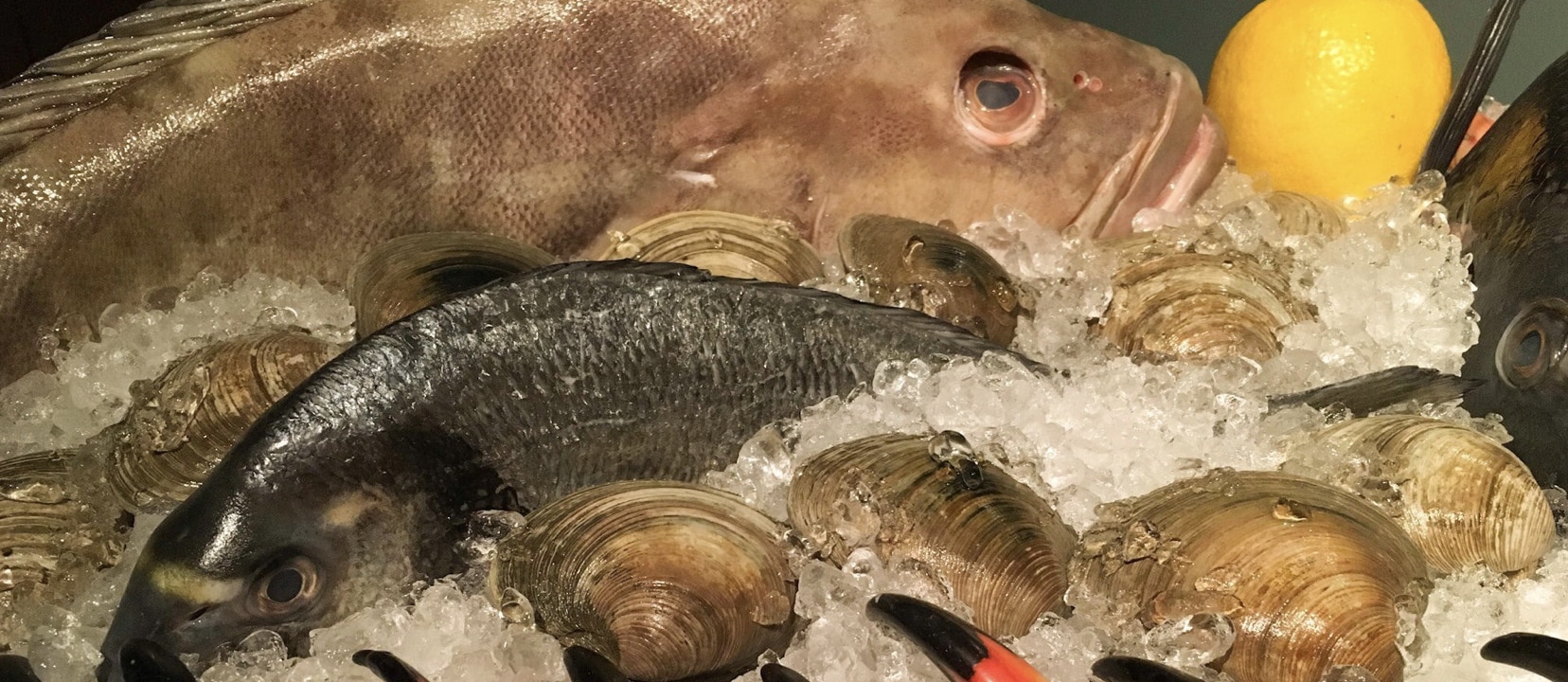As explored in my video ALS (Lou Gehrig’s Disease): Fishing for Answers, there may be a link between the consumption of the neurotoxin BMAA, produced by algae blooms, and increased risk of ALS. It now appears that BMAA could be found in high concentrations in aquatic animals in many areas of the world.
This could explain ALS clustering around lakes in New Hampshire—up to 25 times the expected rate of ALS with some families eating fish several times a week. Or in Wisconsin, where the most significant ALS risk factor was the past consumption of fish out of Lake Michigan. Or clustering in Finland’s Lakeland district, or seafood eaters in France, or around the Baltic sea, building up particularly in fishes, mussels and oysters.
When I think of algae blooms I think of the Chesapeake bay near where I live, that gets choked off thanks in part to the poultry industry pollution. And indeed, there was a recent report linking BMAA exposure to ALS in Maryland. The ALS victims, all of whom ate Chesapeake Bay blue crabs every week, lived within a half mile of each other, which raised some eyebrows at the Johns Hopkins ALS center. And so, researchers tested a few crabs, and two out of three tested positive for BMAA, indicating that the neurotoxin is present in the aquatic food chain of the Chesapeake Bay and is a potential route for human exposure.
To bring the story full circle, things in Guam, where the link between BMAA consumption and ALS was first discovered, are looking up. The ALS epidemic there may have been triggered by their acquisition of guns. Now though, the epidemic appears to be over thanks to near-extinction due to over-hunting of the fruit bats they were eating. But while the rates decline in Guam, neurodegenerative diseases like ALS around the rest of the world are on the rise.
It’s plausible that humans have been exposed to some level of BMAA throughout their evolutionary history, but the increase in algae blooms as a result of human activities is probably increasing this exposure. There is a general consensus that harmful algal blooms are increasing worldwide thanks in part to industrialized agriculture (as shown in my video Diet & Amyotrophic Lateral Sclerosis-ALS). More people means more sewage, fertilizer, and manure, which can mean more algae, which may mean more exposure to this neurotoxin, leading to a possible increased incidence of neurodegenerative diseases such as Alzheimer’s, Parkinson’s, and ALS.
BMAA is considered a strong contender as the cause of, or at least a major contributor to, both endemic and sporadic ALS and Alzheimer’s disease, and possibly conferring risk for Parkinson’s diseases as well. The ramifications of this discovery are enormous.
As researchers from Australia stated, “With substantial and ever growing evidence that BMAA does play a role in the onset and progression of neurodegenerative diseases, the most important question is, what mode of activity does BMAA exert?” Huh? That’s not the most important question we should be asking. The most important question is “How can we reduce our risk?”
We know that the presence of BMAA in aquatic food chains could be a significant human health hazard. There may even be a synergistic toxicity between mercury and BMAA, making human consumption of certain species of fishes even riskier. Until more is known about the possible link of BMAA to Alzheimer’s and ALS, it may be prudent to limit exposure of BMAA in the human diet.
For other neurotoxins found in the food supply, see Amnesic Seafood Poisoning, Essential Tremor and Diet, Ciguatera Poisoning & Chronic Fatigue Syndrome.
Other toxic substances can also build up in the aquatic food chain, for example:
- Food Sources of Flame Retardant Chemicals
- Food Sources of Perfluorochemicals
- Pollutants in Salmon and Our Own Fat
- Dioxins in U.S. Farm-Raised Catfish
In health,
Michael Greger, M.D.
PS: If you haven’t yet, you can subscribe to my free videos here and watch my live, year-in-review presentations:
- 2012: Uprooting the Leading Causes of Death
- 2013: More Than an Apple a Day
- 2014: From Table to Able: Combating Disabling Diseases with Food
- 2015: Food as Medicine: Preventing and Treating the Most Dreaded Diseases with Diet
- 2016: How Not To Die: The Role of Diet in Preventing, Arresting, and Reversing Our Top 15 Killers
